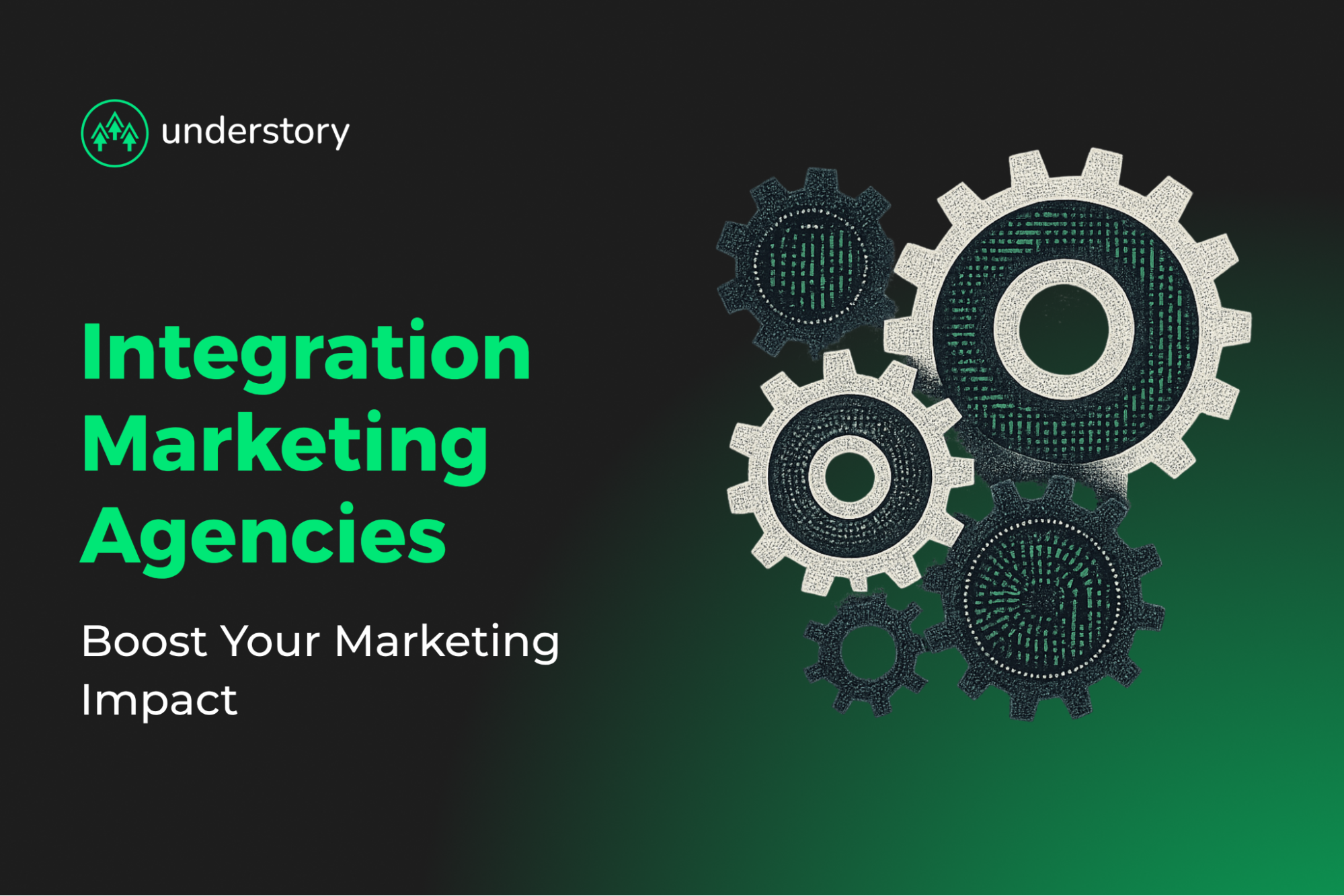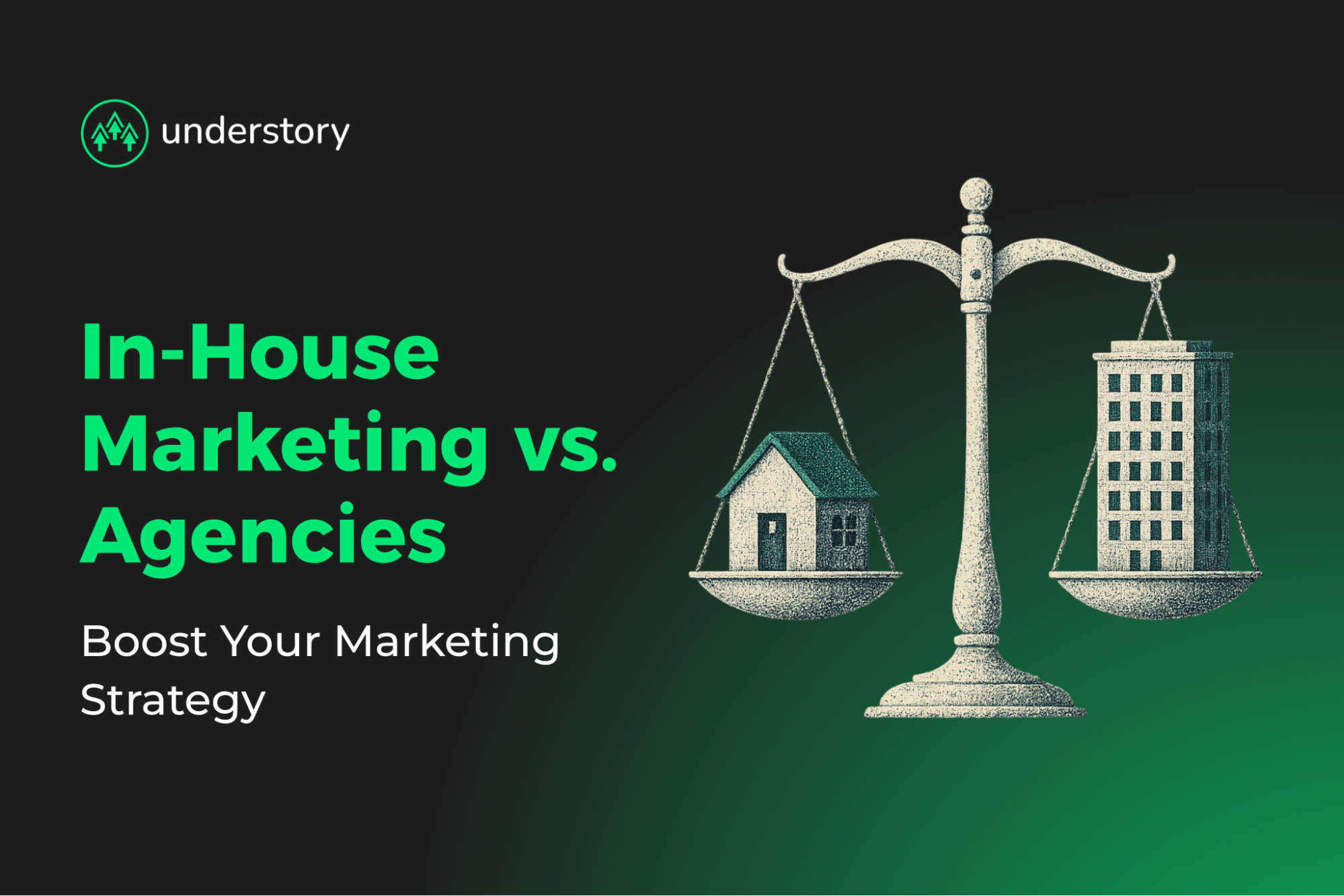

Complete Guide to Brand Messaging

Alex Fine
Author
Published date
11/21/2025
Reading time
5 min
You're chasing aggressive growth, but every campaign, sales deck, and product update speaks a different language. That inconsistency erodes trust, lengthens sales cycles, and leaves deals on the table. Buying committees span product, finance, security, and IT, each stakeholder needs the same clear, relevant answer. If touchpoints disagree, momentum stalls.
This guide gives a practical, step-by-step approach to build one source of messaging truth. You'll learn how to define a clear value proposition, map messages to stakeholders and stages, create reusable templates, and govern assets so every team says the same thing, at the right time.
1. Identify your target audiences
Start with people, not the product. Talk to current customers, lost deals, and active prospects until you can describe their pain points in their own words. Build personas grounded in real data, not assumptions.
A strong SaaS buyer persona should include:
- Role & decision power
- Top three business challenges
- Key success metrics
- Buying role (Initiator, Influencer, or Approver)
- Primary objections or risk concerns
- Preferred channels and content types
Validate each persona with analytics and CRM data to confirm segment size and relevance. Maintain a living persona library, easy to update as customer behavior changes. Aim for four core personas: two decision-makers (like CTO or CFO) and two influencers (like RevOps or Security). More than that creates noise and delays execution.
Deliverable: A concise one-page persona sheet per segment, including a "Messaging Priorities" box so every marketer, product manager, and SDR knows exactly which benefit to lead with first.
2. Articulate your value proposition(s)
SaaS buyers tune out buzzwords. They respond to clarity of pain → claim → gain. The Pain-Claim-Gain framework keeps your message sharp and defensible.
- Pain: The costly problem your customer openly admits.
- Claim: The unique capability your product delivers.
- Gain: The measurable improvement, including time saved, revenue earned, or risk reduced.
Host a short workshop with Product Marketing, Sales, and Customer Success. Use Gong or similar tools to capture real customer language, then craft 25-word statements:
"We help [Persona] achieve [Outcome] by [Capability], reducing [Metric] by [Magnitude]."
Next, pressure-test your value propositions. If a competitor could use your line unchanged, refine it until it's uniquely yours.
Deliverable: One approved value statement per persona, stored in your sales enablement tools for consistent use in demos, emails, and campaigns.
3. Audit your existing messaging
Before building new messaging, uncover what's already out there. A full audit reveals inconsistencies that confuse buyers and weaken trust.
Review these ten core touchpoints:
- Website pages
- Product UI copy
- Outbound sequences
- Paid ads
- Social bios
- Sales decks
- Knowledge base content
- Customer success scripts
- Press releases
- Job postings
Score each asset on clarity, consistency, and value alignment. Add traffic or engagement metrics to prioritize which assets deserve immediate rewrites. Watch for warning signs, including feature-first language with no customer outcome, tone shifts between channels, or outdated taglines from old campaigns.
Deliverable: A structured content audit spreadsheet with columns for owner, fix, and deadline. Tackle the top 20% of high-visibility touchpoints first, then cycle through the rest in future releases to keep momentum steady.
4. Create your messaging guide
Once your research, value propositions, and audit are complete, organize them into a living messaging guide, which can act as your single source of truth for all communication.
The strongest SaaS messaging guides include these five core sections:
- Core Message Pyramid: Defines your Promise → Pillars → Proof. It keeps all copy anchored to clear business outcomes.
- Voice & Tone Attributes: Establishes personality traits like confident, technical, approachable to maintain a consistent tone across channels.
- Terminology & Phrase Bank: Lists approved words and banned jargon to prevent drift in product or marketing language.
- Channel Adaptation Rules: Explains how each pillar translates across formats (e.g., how a blog headline differs from an ad hook).
- Message Matrix: Lists personas across the top and pillars down the side. Each cell includes a one-sentence hook, stat-driven proof point, and call to action.
This becomes your ready-to-use content library for marketers, SDRs, and PMs.
Deliverable: A version-controlled messaging guide stored in your internal workspace, with links to examples, snippets, and voice notes. Update quarterly as SaaS moves too fast for static documentation.
5. Finalize your brand positioning statement and logo
Your positioning statement distills your entire value proposition into one clear, repeatable sentence. It should be short enough to remember, but specific enough to differentiate.
Use the five-element blueprint:
"For [Target Audience], [Brand] is the [Category] that [Benefit or Differentiator], enabling [Outcome or Result]."
Once your statement is approved, pressure-test your logo and visual identity against it. Does your mark visually reinforce the promise of speed, security, innovation, or simplicity? If not, iterate until both align.
Then, document everything together: spacing, color codes, minimum sizes, and improper-use examples. Store these in the same workspace as your messaging guide to ensure every internal team and vendor applies them consistently.
Deliverable: A finalized positioning statement paired with updated logo usage guidelines, published in your brand asset library.
Complete all five steps, and you'll replace scattered messaging with one unified narrative. Every ad, deck, and email will reinforce a single promise that builds trust and accelerates conversions.
6. Multi-channel implementation & alignment
You don't need to rewrite messaging for every channel. You can build once, adapt everywhere. This structure turns coordination chaos into scalable execution across all growth touchpoints.
Start with your website, the definitive proof point for your positioning. Before spending on ads or outbound, lock your homepage headline, proof points, and tone. Clear, outcome-driven messaging here gives every team a single reference point.
From that anchor, translate the same story across other channels:
- Paid Media: Condense value props into one sharp benefit and a single proof point.
- Email and Outbound: Tailor pain-claim-gain messaging to the recipient's role.
- Social: Highlight emotional or competitive angles that spark engagement while staying true to the core narrative.
A simple channel matrix makes those adaptations explicit:
| Channel | Primary Goal | Core Message Adaptation | Owner |
|---|---|---|---|
| Website | Convert interest to demo | Full value prop + 3 proof points | Marketing |
| LinkedIn Ads | Capture attention | Benefit hook + social proof | Paid Media |
| SDR Email | Start conversation | Pain statement + tailored claim | Sales |
| In-App Guides | Drive adoption | Feature guidance + expected gain | Product/CS |
Outbound, sales, and support teams must align tone and outcome focus, especially in post-sale interactions, where message drift often starts. Empathy mapping sessions help customer-facing teams reinforce value rather than features.
Centralize every approved asset in a shared repository. Enable real-time updates so whenever a line changes on the website, LinkedIn ads, nurture emails, and support scripts auto-sync. This eliminates manual handoffs that slow execution.
Quarterly audits ensure consistency, while A/B testing refines what messaging accelerates conversion without diluting clarity.
When every team pulls from the same framework and automation keeps channels aligned, you replace overhead with orchestration, and every buyer experiences one cohesive story from first touch to renewal.
7. Measuring & optimizing messaging performance
Strong messaging drives measurable growth. If your narrative isn't accelerating pipeline velocity, it's just words on a page. You prove impact by tracking focused metrics, running controlled experiments, and tying every result back to your messaging framework.
Brand awareness & recall
Start with visibility and memory. Use quarterly brand-awareness surveys and share-of-search analysis to measure unaided recall and preference. Panels like Wynter or Google Trends simplify tracking these benchmarks. If recall rises but pipeline doesn't, your story is memorable, but not yet translating to value clarity.
Pipeline & revenue metrics
Follow the numbers that fund growth. In your CRM, monitor:
- Demo-to-opportunity conversion rate
- Expansion and upsell revenue
- Sales-cycle velocity
Pair these with trust indicators such as Net Promoter Score (NPS) and retention rate. Together, they reveal whether your brand promise matches what customers actually experience.
Engagement & behavioral signals
Track granular engagement metrics to see which messages stick:
- Content dwell time and scroll depth for resonance
- Call-transcript keyword frequency for real buying language
- In-app feature adoption tied to message themes for behavioral proof
Overlay these engagement insights with campaign IDs so you can attribute impact directly to specific copy changes.
Testing & iteration
Treat messaging like a product: test, learn, refine. Run controlled experiments:
- A/B test headlines and CTAs on high-traffic pages
- Analyze sentiment across social channels and sales calls
- Use short test windows (10–14 days) and single-variable changes for clean results
When a variant beats control, cascade it across ads, email, and product UX to maintain consistency.
Continuous optimization
Schedule a quarterly messaging audit. Review KPIs, identify underperforming pillars or proof points, and adjust accordingly. A living dashboard connecting GA4, Salesforce, and survey data gives every team a shared, real-time view of what's working.
Keep iterating. Retire claims that don't convert, amplify proof that shortens sales cycles, and refine your story until every message demonstrably moves a growth metric.
Turn your brand story into a growth engine with Understory
When every headline, email, and sales script tells the same story, you replace confusion with clarity and turn buyer trust into measurable growth.
Understory helps SaaS teams build and operationalize this alignment. Our specialists integrate brand, content, and performance into one system so your messaging scales effortlessly across every channel without coordination overhead.
Kick start your brand messaging optimization by scheduling a strategy call.




